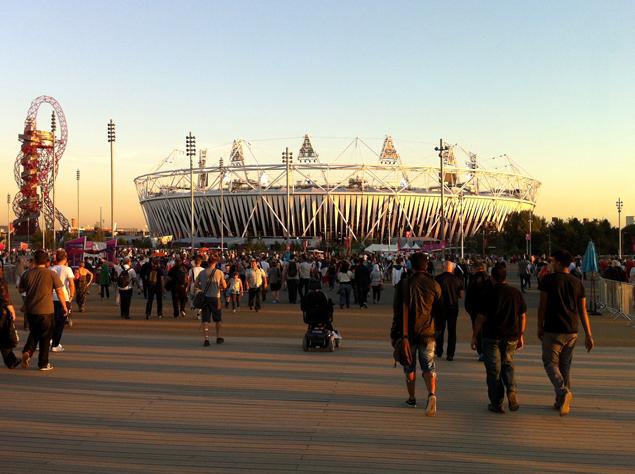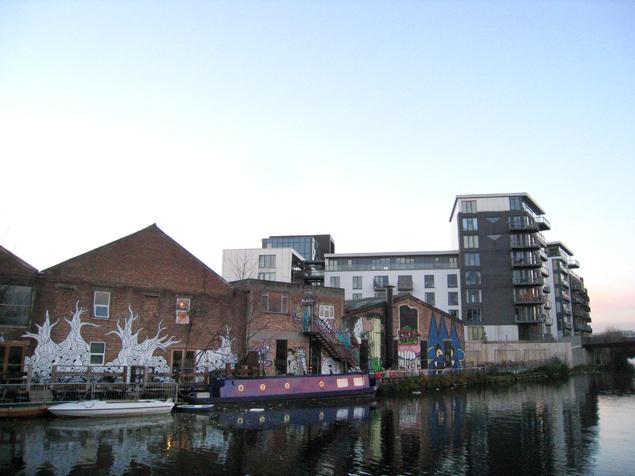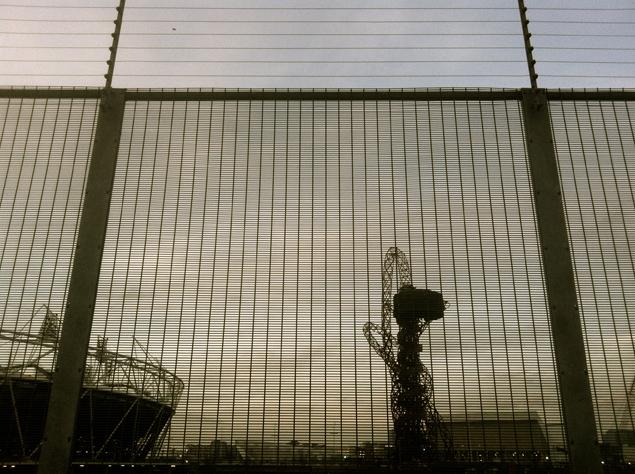Hackney Wick - From Fringe to Centre (Part 1)

For me, London 2012 Olympics have been an opportunity to study the process of city transformation in real time and place: not far away from where I had moved almost 8 years ago, the London Olympic Park started shaping up. In 2005, London emerged as the unexpected winning bidder for the 2012 Games, overtaking Paris in the last round with an aspiration and promise to create first truly sustainable Olympics, not only in terms of sporting legacy, but in terms of regenerating east London’s Lower Lea Valley. An area with vast zones of deprivation, the Olympics presented a once in a lifetime opportunity for the centre of London to be expanded towards the east with investment into the Games trickling to the neighbouring communities.
At the beginning I was observing the changes subconsciously. The Olympic Energy Centre, a project I was working on in 2007 (John McAslan & Partners), was only meters away from Hackney Wick, one of the post-industrial areas bordering the Olympic Park. At the time I didn’t know I would be visiting Hackney Wick on a number of occasions, getting to know the local community and understanding their perception of the changes. As time progressed and the impact of the Games started to be evident in the neighbouring areas, avid discussions online and on ground shifted from venues to neighbourhoods surrounding the Olympic Park – the so called Olympic fringe. The impact, even though still contained within a sealed envelope, has already “trickled off” both physically (in form of new speculative developments in the surrounding areas) as well as psychologically – creating friction between interests of existing communities, local authorities and investors.

In 2011 I was invited to [NeighbourHOOD], an artist residency project at ]performancespace[ in Hackney Wick, to speak with the artists about their perception of what’s happening behind the fence that marked the borders of the adjacent Olympic site, and about the role of architecture and planning in shaping the future of this fast transforming area. At this time, the construction of the Olympic Park was already nearing completion, with the Olympic stadium marking the new skyline just across the river. Although Hackney Wick had historically high levels of poverty, it has been for decades a thriving industrial zone with its share of entrepreneurs. With the decline of industry, the area has lost many of its original businesses and population and its urban grain of warehouses offering cheap rent was quickly appropriated by a community of artists, forming over the last decade a lively neighbourhood. As an island site locked between the A12 to the west and the river Lea to the east, with little public transport connections, for some years the main gentrification corridor sweeping through Hackney has bypassed the “rougher” Hackney Wick.

The transformation process was fast tracked since start of construction of the Olympic Park and the re-opening of the London Overground in 2010, which connected Hackney Wick with Stratford (Olympic Park) to the east and the “hip” and wealthy borough of Islington to the west. Hackney Wick has emerged at the intersection of two forces – the creative wave of now fully gentrified Shoreditch and the Olympic site, a completely new part of the city, which is now in the process of transformation into Queen Elizabeth Olympic Park. In the Core Strategy for London Borough of Hackney (2010), Hackney Wick has been identified as a new hub for digital media and creative industry with the potential to become a new local centre focused around Hackney Wick Station. Within meters of the existing industrial warehouses grew two most digitally connected buildings in the world – the Olympic Press and Broadcast Centres. One of the largest structures of the Olympic Park rarely featured in media, the buildings will offer more than 80,000 sq m office space catering for the most advanced digital infrastructure in the UK and Europe and are expected to kick-start economic growth in the UK. With rising rents and a continuous “beautification” of Hackney Wick, part of the artist population is inevitably on the lookout for alternative locations, and will be replaced by new demographics.
During the artist residency in autumn 2011, the sentiment amongst the artist was very negative. As I spoke to some of them, the question of “who is the neighbourhood” became synonymous with David Harvey’s question “whose right and whose city” (Harvey, 2003). Ultimately if the right to the city is the right “to change ourselves by changing the city more after our heart’s desire” (Harvey, 2008), the small group of artists were a living example. Their perception of their investment into the area in form of organizing events, exhibitions and gatherings has naturally turned into a form of psychological ownership of Hackney Wick, now being challenged by new interest groups. The legwork done by the artists, slowly occupying the derelict warehouses creating, in effect, an exclusive community in the know, has been thrown into the mix with the opportunities created by the Olympics, inevitably fast-tracking the gentrification process.
Read the continuation of this blog here
The article was prepared for the publication Boj o prostor / Architektura jako společenská praxe (Contesting Space / Architecture as a Social Practice) - editors Markéta Březovská and Jan Kristek. Expected publishing date: autumn 2013 (Archa Zlín).
